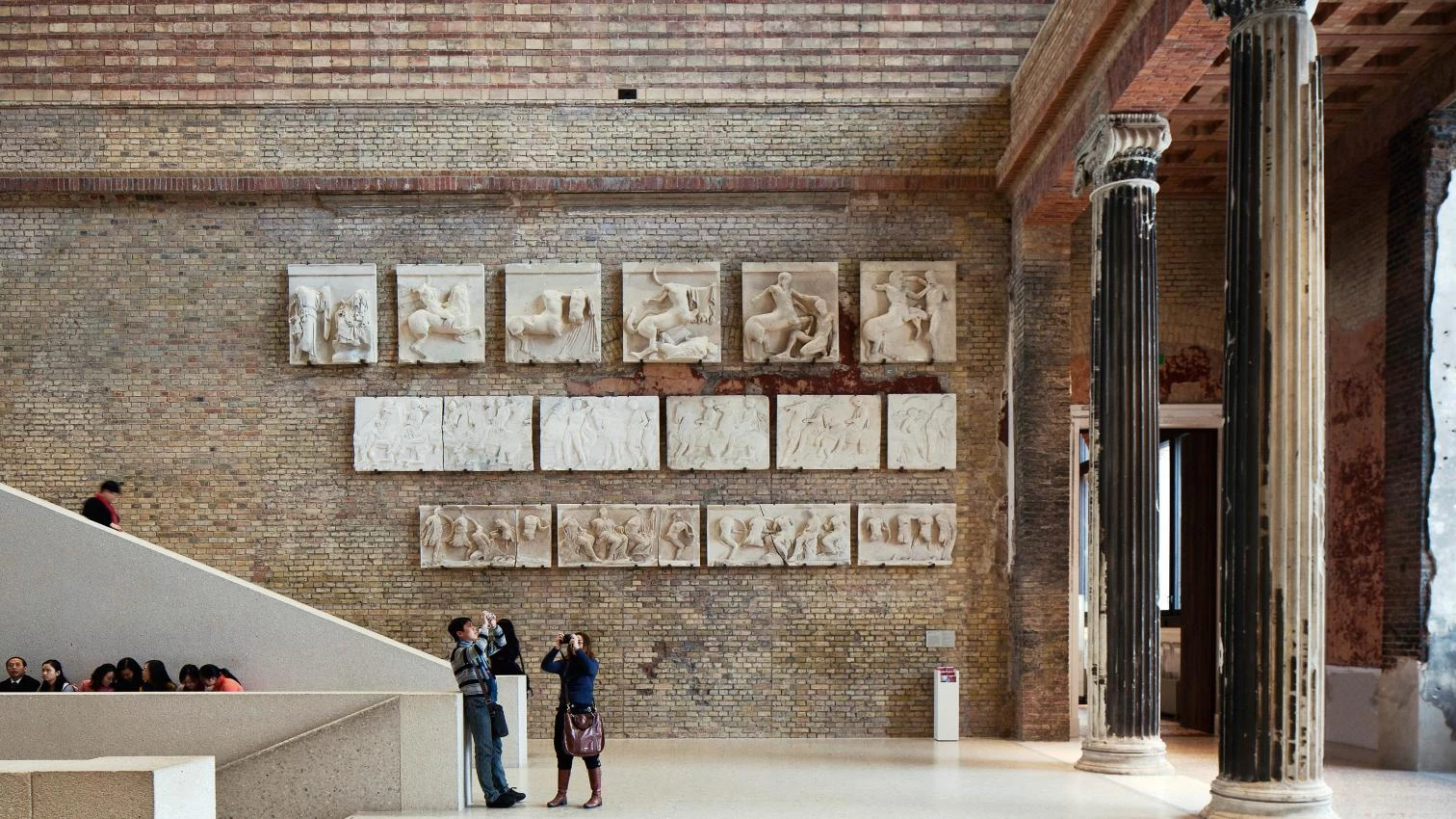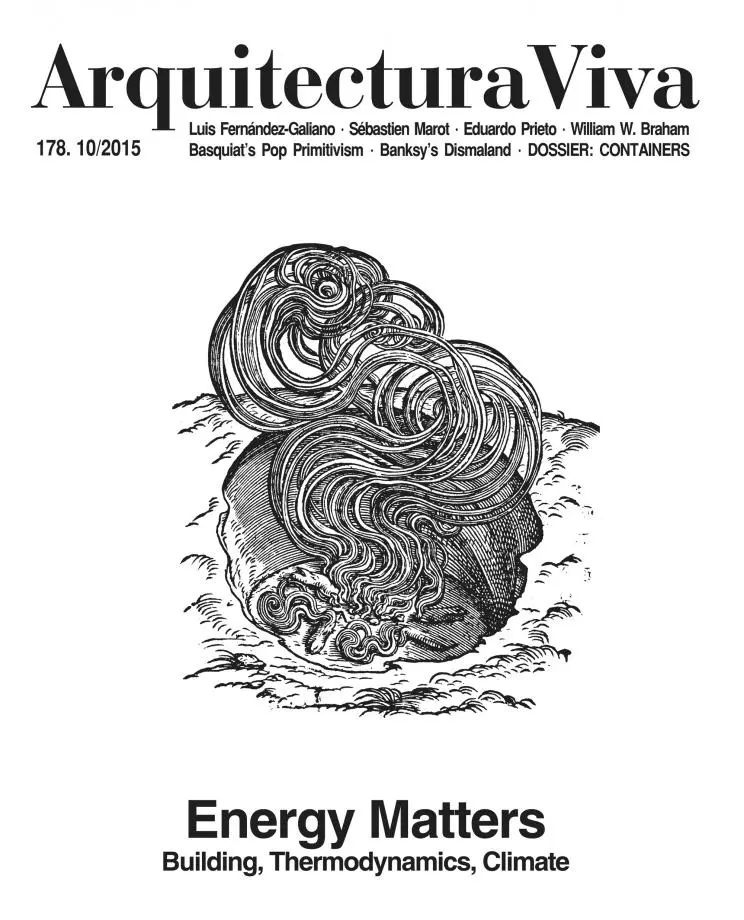
The British David Chipperfield worked with his compatriots Norman Foster and Richard Rogers during the decade of the 1980s, but there are hardly any marks of the influence of these masters that remain visible in his buildings. His particular austere style of architecture, which is geometrical but warm at the same time, seems to have more in common with the material essentialism of the finest of German architects than to the sensibility for history of the finest of Italian theorists. David Chipperfield’s works easily combine the types of an Aldo Rossi, the essentiality of a Heinrich Tessenow, and the obsession with materials of a Peter Zumthor, but such ideological eclecticism then translates into an architectural oeuvre which can be said to be coherent to a fault, which stubbornly insists on the principles of the actual discipline (space, light, geometry), and which perhaps for this reason is adaptable to the different ecosystems of globalization, however aggressive they may be.
Thirty years after he first opened his own practice in London, the ICO Museum in Madrid is hosting ‘Essentials. David Chipperfield Architects’ up to 24 January 2016. Curated by the Italian professor Fulvio Irace, the exhibition takes stock of the career of the British architect through a splendid collection of models, an exceptional series of photographs taken by Candida Höfer, and a painstaking catalog featuring thirty works and projects presented by Irace, Luis Fernández-Galiano, Rik Nys, and Chipperfield himself.





